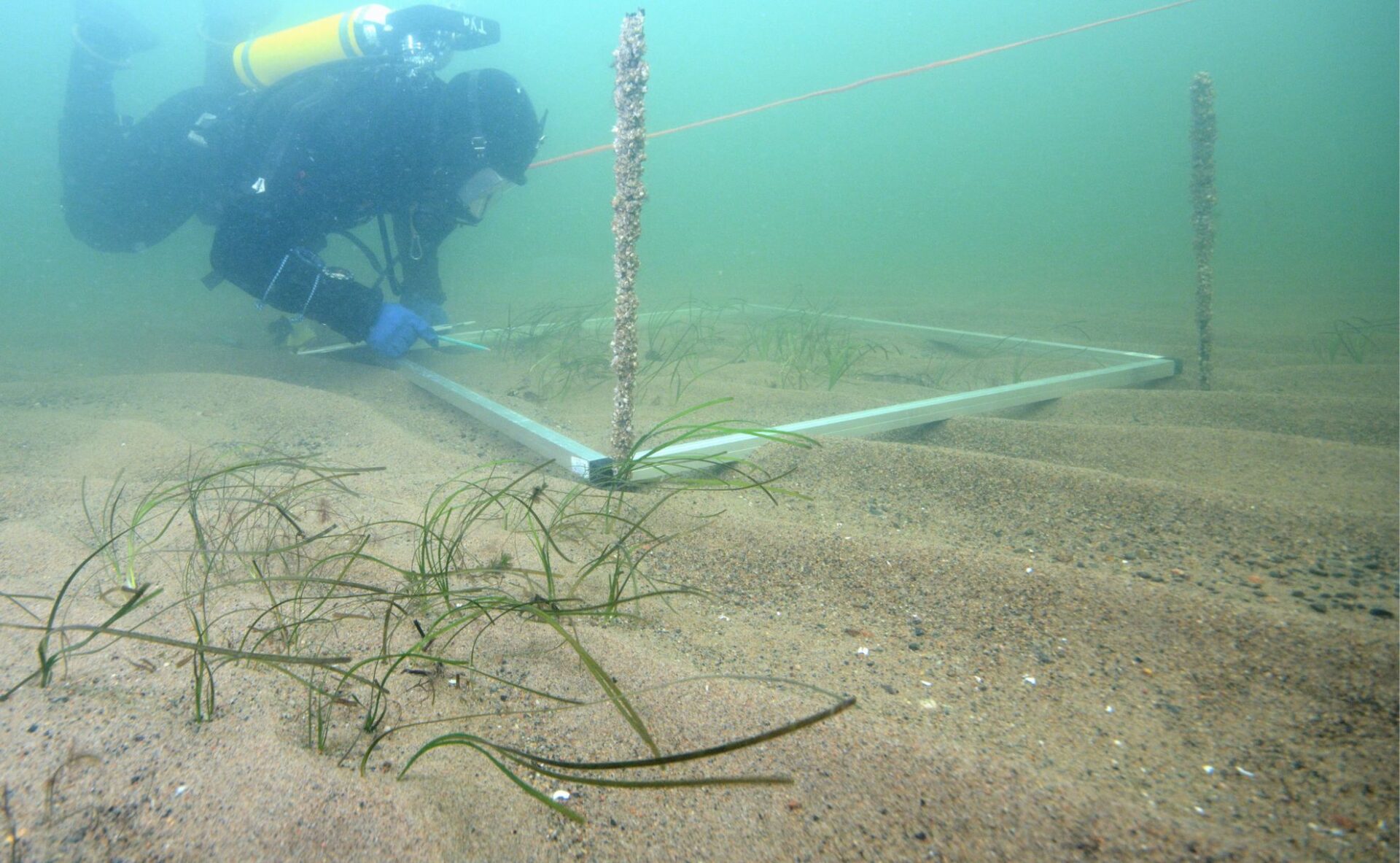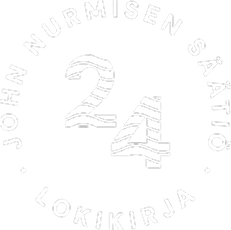
Biodiversity
Biodiversity is supported with the aid of restoration efforts both on land and at sea.
Common eelgrass
The biodiversity of the Baltic Sea’s marine environments can be protected by restoring common eelgrass meadows.
The Sea Meadow project aims to restore underwater meadows of common eelgrass – a key Baltic Sea species – by planting common eelgrass in areas where it used to grow but has now disappeared.
Restoring common eelgrass meadows can also help to maintain nutrient binding and carbon sequestration in common eelgrass beds. Greater visibility for marine nature conservation is also being sought through joint communications with both our Finnish and international partners for this project.
In 2024, we restored sandbeds in cooperation with Metsähallitus’s Parks & Wildlife Finland unit and Diving Club H2O in Lauttasaari, and planted around 300 common eelgrass cuttings in the Eastern Helsinki archipelago in cooperation with the City of Helsinki.
We also worked with volunteers from Diving Club H2O and the Finnish Divers’ Federation’s science committee, who helped us identify new planting sites.
We are implementing this project in cooperation with Metsähallitus’s Parks & Wildlife Finland unit. Our international partners are the Fondation de la Mer (France) and the MEDSEA Foundation (Italy). We are also looking for new partners in the Baltic Sea region.
Peatlands
Disused peatlands release carbon dioxide and nutrients.
The Suokeidas – from peat production to diverse wetlands project aims to reduce greenhouse gas emissions from disused peatlands, reduce nutrient runoff into the Baltic Sea and increase biodiversity.
In this project, we are restoring two disused peat production areas in Ranua to their natural state as mires and wetlands. We acquired these land areas in 2024, and one of the areas (76 hectares) was restored towards the end of the year. The restoration measures aimed to ensure that all areas of the peatlands became waterlogged and the peatland vegetation began to recover. We also began monitoring the quality of the runoff water from these sites, and are negotiating the acquisition of additional sites for restoration.
We are implementing this project with the Nature Heritage Foundation. The John Nurminen Foundation will be responsible for carrying out restoration measures, while the Natural Heritage Foundation will acquire ownership of the sites to ensure their permanent protection. The project is being funded by the EU’s Just Transition Fund (JTF).

Photo: Olli Mustonen, Alleco
